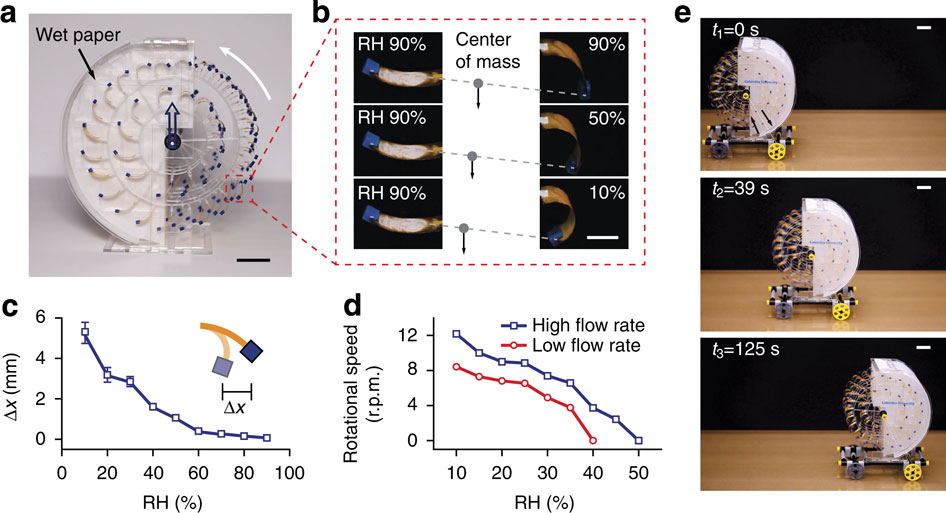In the recent past, the concept of sustainable development has gained momentum. Due to the rapid exhaustion of natural resources, scientists are working towards exploring renewable sources of energy as an alternate for fuel, gas and oil. In the face of this approaching energy crisis, scientists at New York’s Columbia University invented a new technique of using water evaporation as a means of generating electricity for running engines.
On conducting the experiment, it was observed that the energy produced was sufficient to fuel a miniature car engine and that the model could be magnified to harness large scale energy through water bodies.
The experiment aimed at generating electricity was performed under controlled environment ensuring the level of relative humidity and temperature to be at 20% and 25 degrees Celsius respectively. Placed on top of a ceramic heater was an oscillatory engine and water container, with the temperature of water maintained at 30 degree Celsius.
Hygroscopy-driven artificial ‘muscles’ made of moisture-responsive spores attached to tape were connected to an electromagnetic generator with a short thread. A measurable force was created due to the expansion of pores on absorbing water. Two oppositely lit LEDs were connected to the coil to generate power. The LEDs were replaced with a 100kW resistor to measure the voltage and power.
The oscillatory engine was then replaced with a rotary engine acting as a moisture mill than helped create energy sufficient enough to push a miniature car forward. The scientists have thus predicted the viability of this experiment in creating large scale energy after further research modifications.











